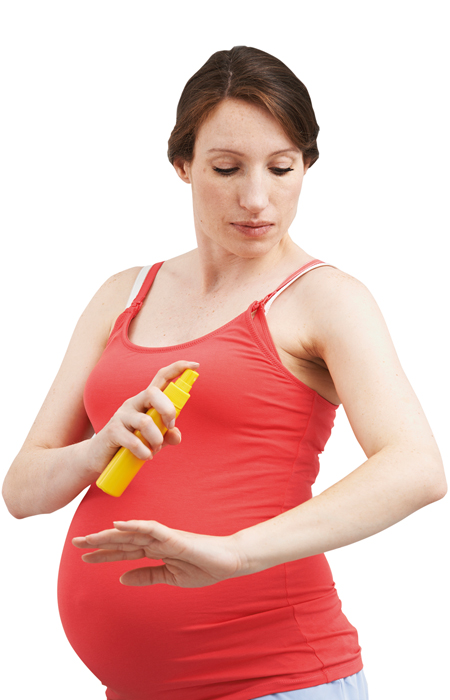 The first line of defence against malaria is effective bite prevention measures. The biting time of mosquitoes varies so travellers need to assume they could be bitten from dusk until dawn, inclusive.
The first line of defence against malaria is effective bite prevention measures. The biting time of mosquitoes varies so travellers need to assume they could be bitten from dusk until dawn, inclusive.
Repellants should only be used on areas of exposed skin and contact with the eyes and mouth should be avoided. A thin layer should be applied at regular intervals, after swimming and in hot, humid conditions. Sunscreen should be applied first and the repellant on top.
DEET
The Advisory Committee on Malaria Prevention (ACMP) recommends DEET-based repellents. As a guide, 50 per cent DEET (N,N-diethyl-m-toluamide) gives up to 12 hours’ protection, the 30 per cent concentration up to six hours and 20 per cent DEET one to three hours’.
DEET is not recommended for infants under two months of age. There is no evidence that any other group (e.g. pregnant women and young children) is at risk from using 50 per cent DEET and, given the seriousness of malaria in pregnancy, the ACMP recommends 50 per cent DEET for pregnant women travelling to a malaria area.
Picaridin
This has repellant properties comparable to DEET and with a comparable length of protection. If opting for Picaridin (Icaridin (KBR3023)), a 20 per cent preparation should be used as a minimum.
Lemon eucalyptus (p-menthane 3,8 diol (PMD))
This gives approximately the same protection as 15 per cent DEET but has a shorter duration of action, so more frequent applications are required. It should not be used on children under three years of age.
IR3535 (3-ethylamino- proprionate)
This has a shorter duration of protection than DEET so needs to be applied more frequently.
Oil of citronella
This does not have repellant properties and is not recommended by ACMP.
